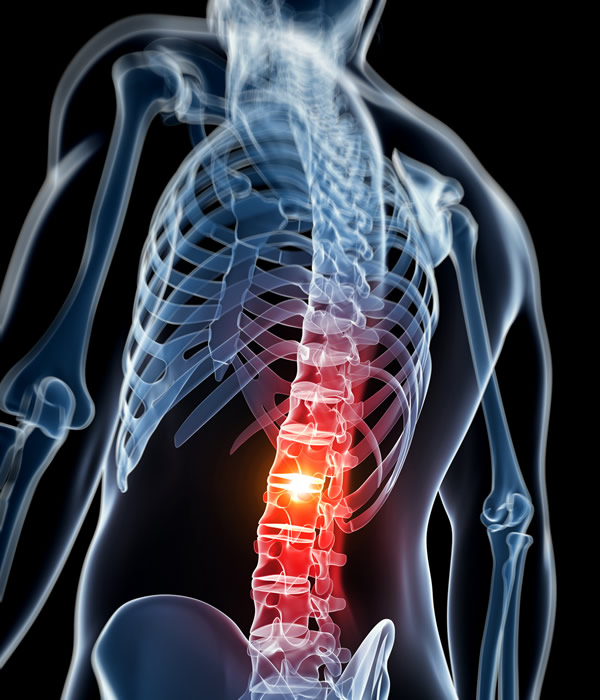What Is Osteoarthritis?
Degenerative Joint Disease/Osteoarthritis
Osteoarthritis (OA), also known as degenerative joint disease, affects more than 20 million Americans and is more common in women than in men. The disease affects the cartilage—slippery tissue on the ends of bones that meet in a joint. Normally, cartilage helps bones glide over one another as the joints move. In an OA patient however, the cartilage is broken down and eventually wears away. As a result, instead of gliding, bones rub against each other, causing pain, swelling, and loss of motion. Although the majority of patients with OA are 65 and older, recent research shows that osteoarthritis is not a by-product of aging.
Osteoarthritis symptoms can usually be effectively managed, although the underlying process cannot be reversed. Staying active, maintaining a healthy weight and other treatments may slow progression of the disease and help improve pain and joint function.
Risk Factors Include
- Family History of Osteoarthritis
- Obesity
- Lack of Exercise
- Previous Joint Injury
Symptoms of OA
Osteoarthritis symptoms often develop slowly and worsen over time.
- Tenderness. Your joint may feel tender when you apply light pressure to it.
- Pain. Your joint may hurt during or after movement.
- Stiffness. Joint stiffness may be most noticeable when you wake up in the morning or after a period of inactivity.
- Loss of flexibility. You may not be able to move your joint through its full range of motion.
- Bone spurs. These extra bits of bone, which feel like hard lumps, may form around the affected joint.
- Loss of flexibility. You may not be able to move your joint through its full range of motion.
How Chiropractic Care Can Help
Doctors of chiropractic can detect the earliest degenerative changes in the joints. They see the impact of degenerative changes in the spine, as well as the hips, knees, and other weight-bearing joints. Doctors of chiropractic are also trained to relieve the pain and improve joint function through chiropractic manipulation, trigger-point therapy, and soft tissue therapies such as massage and Active Release Technique. Chiropractors can help you choose exercises that are best for reduction of joint pain. If a sore or swollen joint prevents you from exercising, talk to your chiropractor about other drug-free pain-relief options, such as applying heat or cold to the affected area. In addition, your chiropractor can help you choose proper supplements that play important roles in Osteoarthritis prevention and treatment.



